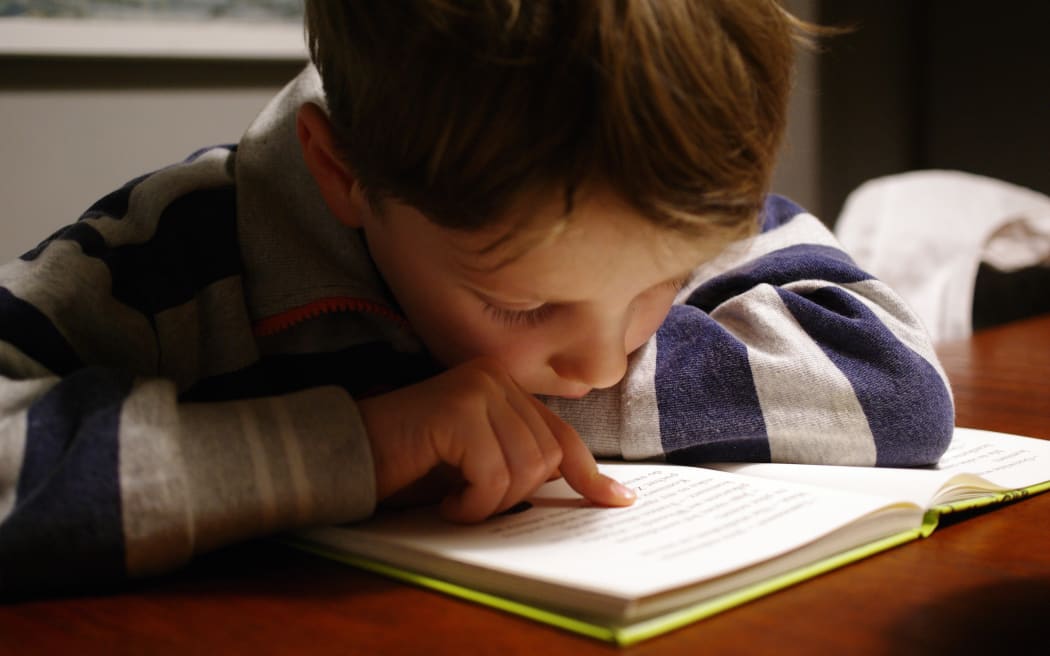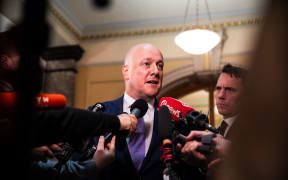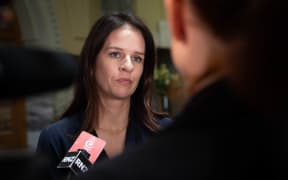
The government is putting $67 million towards improving children's reading and writing skills. Photo: Michal Parzuchowski for Unsplash
International testing indicated New Zealand had more bad readers among its 10-year-olds than other developed nations, but the picture improved for teenagers.
The 2020/21 Progress in International Reading Literacy Study (PIRLS) found 29 percent of New Zealand Year 5 pupils failed to meet its intermediate benchmark for reading proficiency, a group which included the 10 percent who did not even meet the lowest benchmark for reading proficiency.
Internationally, 25 percent of participating pupils fell short of the intermediate benchmark and just 6 percent were below the low benchmark.
Students meeting the low benchmark could locate information and make simple inferences about easy texts, while those at the intermediate level could make sense of texts of easy or medium difficulty.
However, another testing system found older students performed better when compared to their peers around the world.
The 2022 Programme for International Student Assessment (PISA) test found 21 percent of New Zealand 15-year-olds were reading at the lowest level - meaning they struggled with all but the simplest reading tasks measured by the test.
"The proportion of Aotearoa New Zealand students who performed below Level 2 was 21 percent, which was less than the OECD average of 26 percent. The proportion of low achievers in Aotearoa New Zealand was similar to that of Australia and the US - countries that had similar average reading performance," the report said.
It said the percentage of New Zealand students reading at the highest level, level 5, was relatively high.
"In reading, Aotearoa New Zealand had 13 percent of students performing at or above Level 5 compared to the OECD average of 7 percent. The proportion of top performers was similar to that of Australia (12 percent) and the US (14 percent), but this proportion was also better or similar to Estonia (11 percent), Japan (12 percent) and Ireland (10 percent), countries with average scores significantly above Aotearoa New Zealand."
The government is putting $67 million into a back-to-basics approach to improving children's reading and writing skills.
Structured literacy is based on understanding words using phonics and sounds.
The method would help lift student's reading from 56 percent of Year 8 students reaching expected curriculum levels to 80 percent by 2030, Education Minister Erica Stanford said.
She said structured literacy went hand-in-hand with the government's requirement for schools to teach an hour every day of reading, writing and maths.
Avalanche of science to support structured literacy
An advocacy group for structured literacy education was happy with the government's decision to mandate the approach from next year, but said they had some reservations around implementation.
Lifting Literacy Aotearoa chairperson Alice Wilson told Morning Report there was an "avalanche of science" that supported this way of learning.
Schools in New Zealand who already led with this approach had shown "remarkable results" and principals and teachers "absolutely rave" about how it turned literacy rates around.
However, the way it was implemented had to be really focused, Wilson said, and schools needed to get the support and training they needed to be able to teach it.
Wilson said she knew Stanford was aware of that and "keen to do a really good job".
"It's probably the biggest workforce upskilling we've seen in New Zealand. We're talking about the whole teaching body."
The money that the government had allocated for the change was a great start - but money would need to be ongoing over the years, Wilson said.
But the primary teachers' union NZEI wanted to see literacy teaching methods that were personalised to students, and said it was too risky for politicians to mandate classrooms too much.
Structured literacy was not universally accepted to be the best method.
NZEI president Mark Potter told Morning Report the approach did have a lot of positive aspects and many schools around the country used it to some degree of success.
"What we are saying is it shouldn't be determined by politicians as to what schools do.
"We don't need politicians deciding what side works."
Potter said teachers used a variety of methods to teach and it was always worrying when someone said 'I have the only way'.
"There is no only one way."
Teachers were happy to be given tools and guidance by the government but were not keen on one-way mandates, Potter said.
They did not mind the guidance but did not want guard rails that were too narrow.
Potter said 80 percent of children pick up literacy quite well no matter the approach.
But it was the 20 percent of students that did not that needed other methods to help them.



